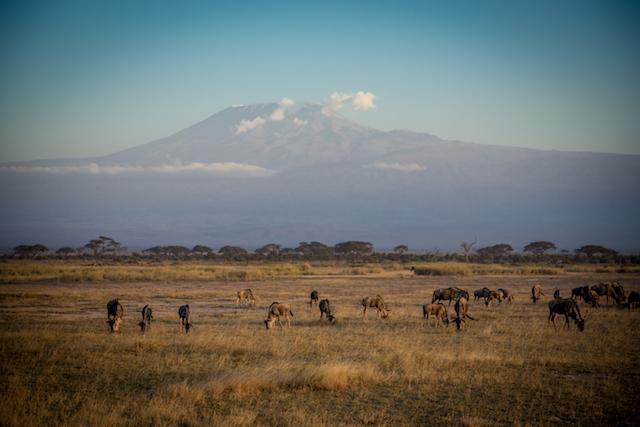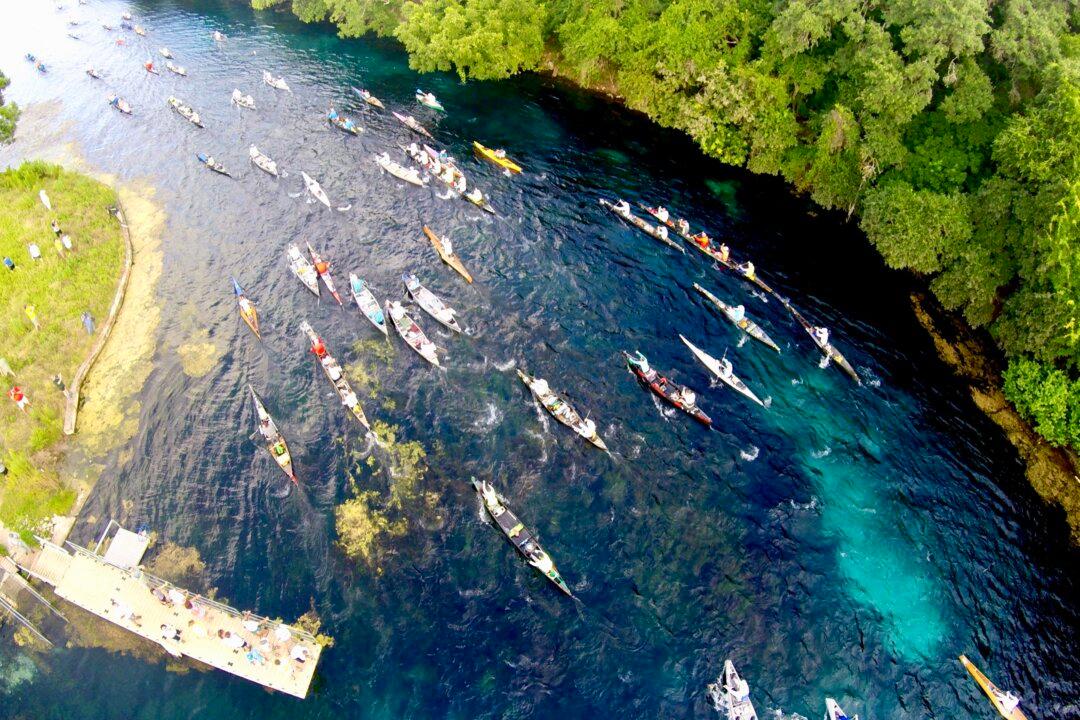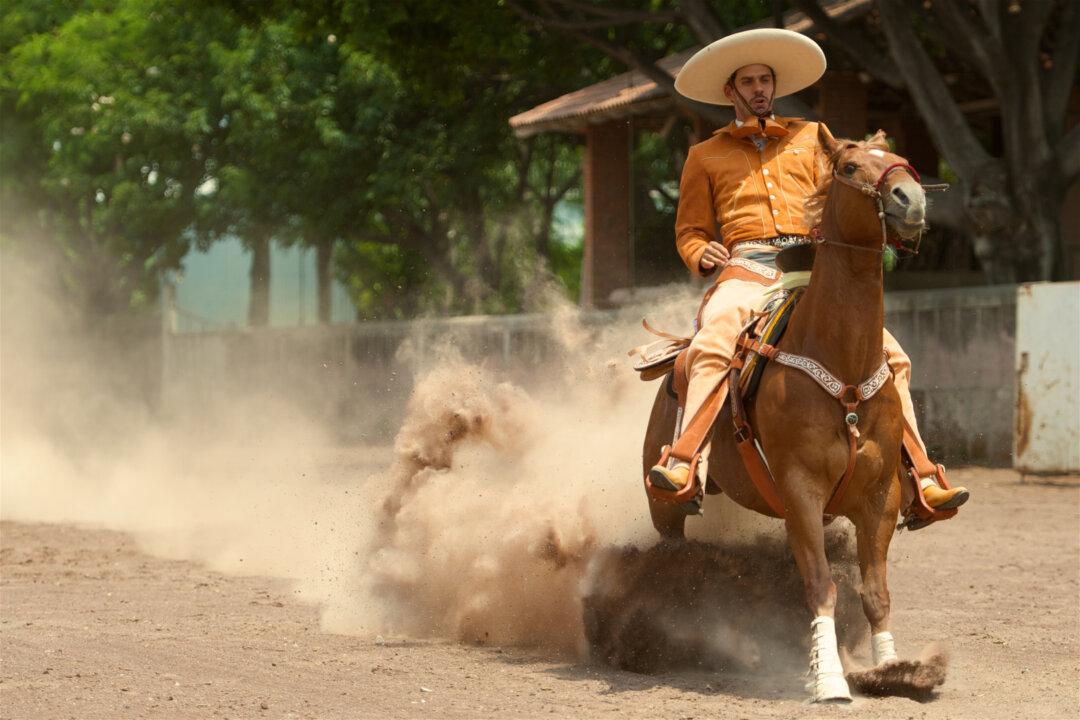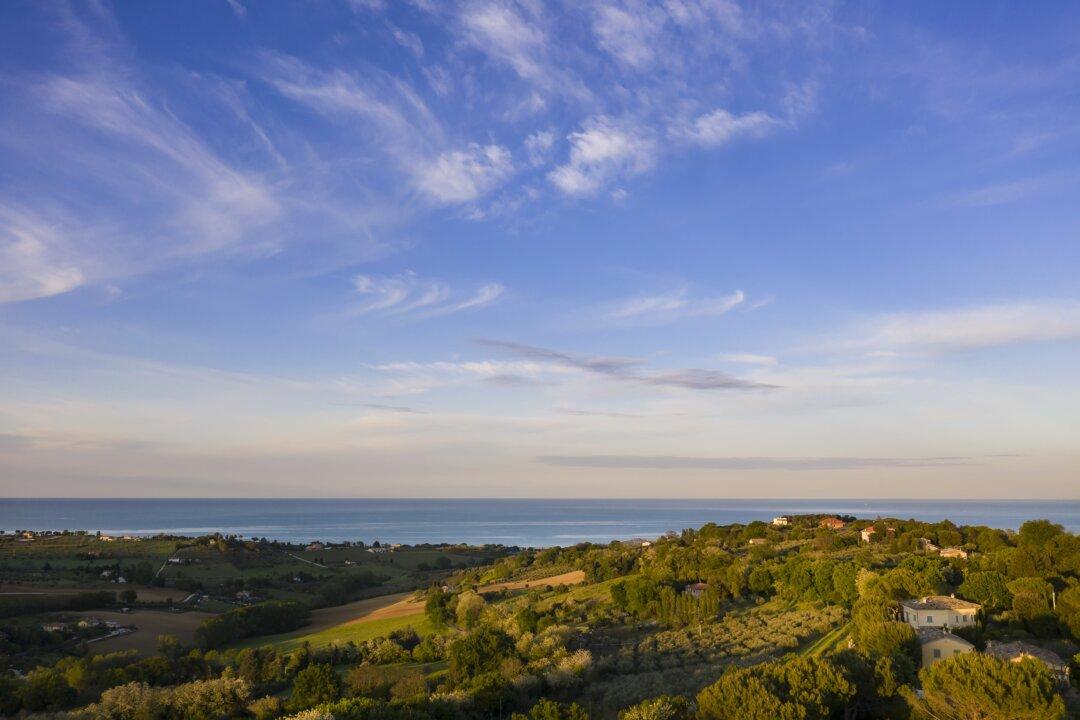KILIMANJARO, Tanzania—From a distance, Kilimanjaro looked like a Bundt cake with white icing drizzled haphazardly over the top, as if I could reach out and sneak a taste; after all, I’d come to devour it.
The day we were to start our seven-day trek, we drove over two hours from our Arusha hotel to the Machame Gate, and at some point the mountain disappeared from sight. Where’d the top go? I wanted my eyes on the prize.





